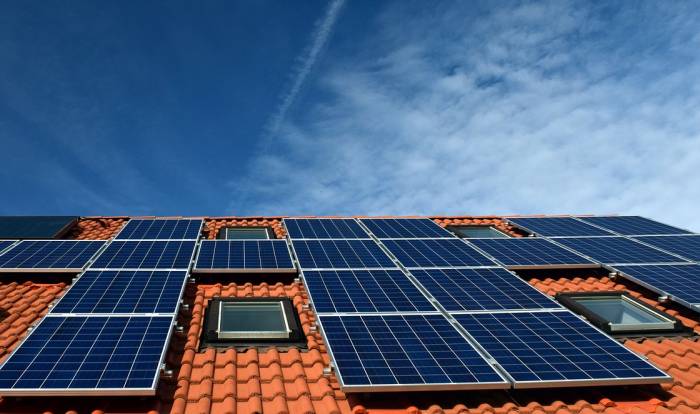
Image: ulleo
From the beginning July next year, Victorian solar households and small businesses may receive different feed in tariff rates based on the time of day electricity is exported.
Victoria’s Essential Services Commission published its draft decision yesterday, which features two options.
Proposed rates for the time-varying tariff are between 7.2 cents and 29 cents per kilowatt hour of exports.
- Off peak: 7.2c per kilowatt-hour
- Shoulder: 10.3c per kilowatt-hour
- Peak: 29c per kilowatt-hour
As for the hours/days the categories would apply:
- Off peak: Mon-Sun: 10pm – 7am
- Shoulder: Mon-Fri: 7am-3pm, 9pm-10pm, Sat-Sun: 7am to 10pm
- Peak : Mon-Fri: 3pm-9pm
The proposed minimum price under a single-rate tariff is 9.9 cents per kilowatt hour. This would be a transitional measure and retailers would be able to choose between the two options, or offer both options to customers.
The proposed single rate is a 1.4c reduction from the current feed-in tariff in Victoria.
“This outcome may appear counter-intuitive given that average wholesale prices between the two forecast periods have increased by around 18 per cent,” says the Commission “However, it is caused by changes in the prices during the daylight hours that solar photovoltaic (PV) units are exporting electricity relative to prices during the evening peak. Prices during daylight hours are the prices relevant to setting the single rate FiT .”
The Commission says it is not proposing to include a critical peak rate within the time-varying feed-in tariff structure during the 2018/19 transition year. Critical peak periods have been defined as intervals where wholesale market prices exceed $300 per megawatt-hour. Critical peak period rates will be considered for the 2019/20 year.
In arriving at the draft decision, the ESC considered the following elements:
- Forecast average wholesale electricity pool price (base rate) for time varying
- Forecast solar weighted wholesale electricity pool price (base rate) for single rate
- Avoided market fees and ancillary service charges
- Value of avoided distribution and transmission losses
- Value of avoided social cost of carbon
The full draft decision, including methodology, can be viewed here.
Feedback on the proposal closes on 29 January 2018 and should be submitted via [email protected].
The Commission says once it has considered the comments and input submitted, it intends issuing a final decision by the end of February 2018.
Uptake of solar power systems is expected to increase in Victoria next year with the arrival of electricity price rises from January 1 of up 14.9%.

 RSS - Posts
RSS - Posts



Without having read the decision of the ESC, there are a few things that concern me here. Firstly, the single-rate FIT puts consumers in a position where they are worse off than under a time-of-day FIT. (Let’s be realistic – nobody exports solar power during the period defined as “off-peak”.) Based on that, the single rate should at least be equal to the shoulder rate, otherwise retailers will have no incentive to offer the time-of-day FIT.
While it would need more calculation, the time-of-day FIT potentially leaves consumers better off than under the current 11.3c/kWh – that would need more analysis. That however leads me to my next concern:
To actually understand what they are likely to be paid will require quite a bit of analysis. In my case, I know how to get to the data, but doing so requires writing code to talk to the API of my inverter. Most people, however do not have the ability to do that. Retail electricity tariffs already confuse consumers. This will create even more confusion.
This makes perfect sense. Electricity is worth more during the peak hours, no matter which way it is flowing.
This could have the side-effect of making west-facing solar panels more cost effective than north-facing panels!
Michael, once the decision is finalised, it would be worthwhile for Solarquotes to do an investigation of which retailers will be providing the time of day tariffs – it will be a no-brainer that the time of day tariff will be better, so owners so roof-top solar systems will quickly move to those retailers that support it. In fact, I will be looking to confirm around April/May that my current retailer supports it, so that I can switch in May if necessary, to make sure I am getting the time of day FIT from 1 July.